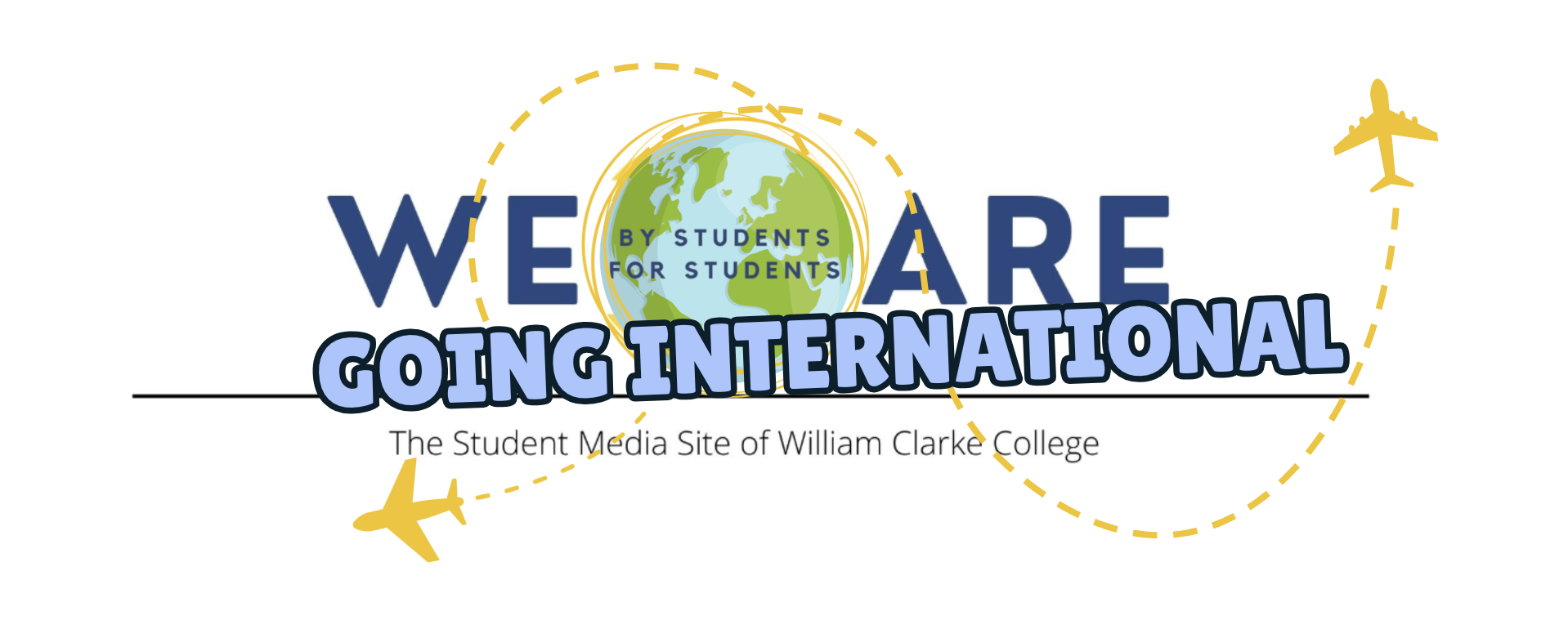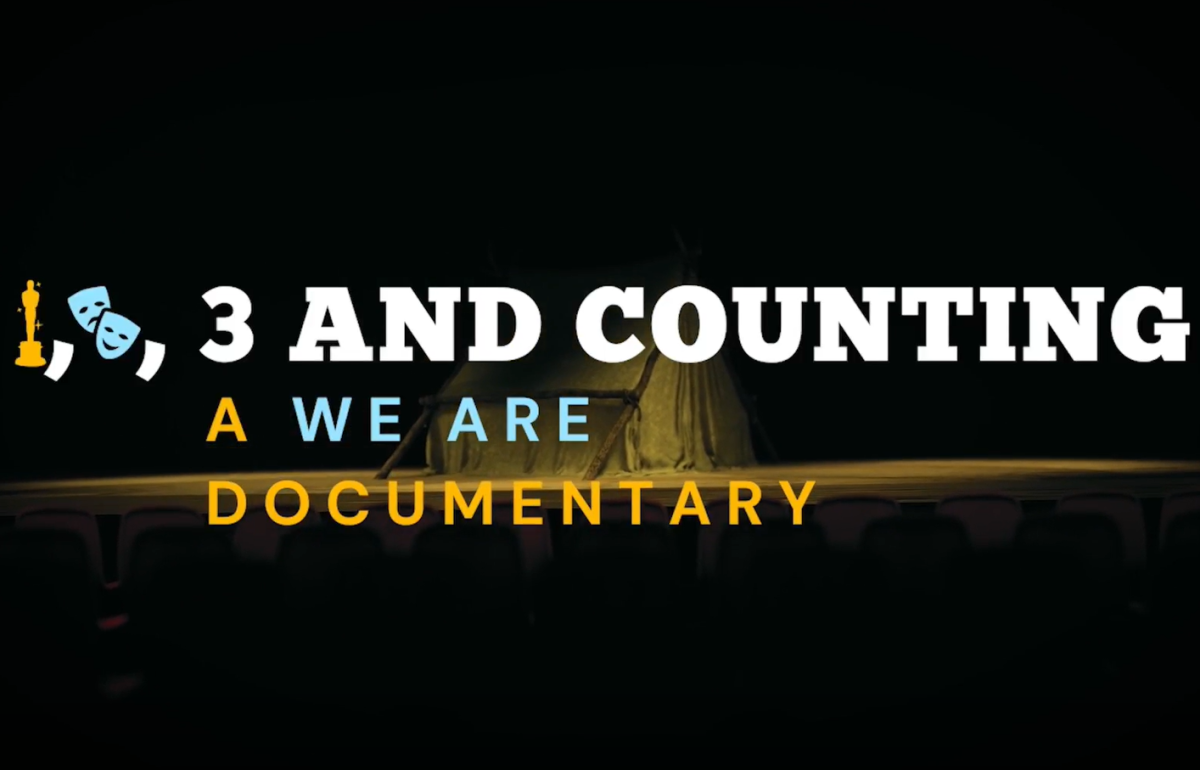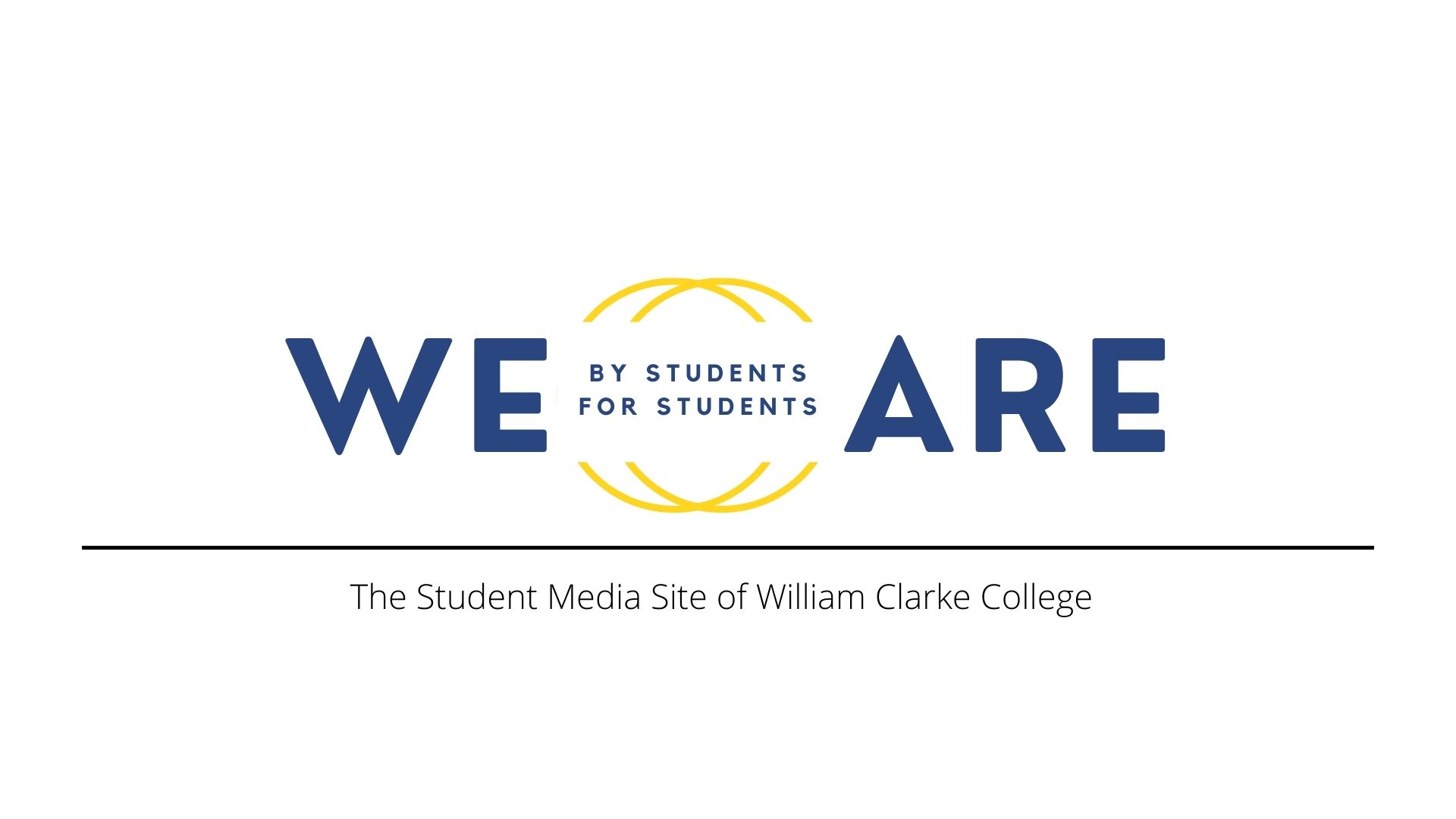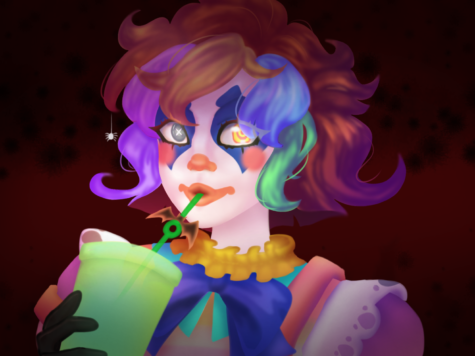The Forgotten Art of … the Arts
August 9, 2022
At William Clarke, everyone knows that the (ex)headmaster is very passionate about the arts. Music in particular. But the classes available don’t necessarily reflect that. There are some basic classes taken by younger grades in their mainstream classes, but these classes don’t really spark a passion for the arts.
Classes at WCC for the arts include drama, music, and visual arts. There isn’t much variety there in my opinion. I know so many people, myself included, who absolutely adore the arts and everything that comes under this category, but there just isn’t any class that catches the eye. In the same way, some students are gifted in sports as opposed to academics, there are many students who are gifted in the arts like music, and theatre, instead of traditional ‘academics’.
Not only are the creative arts of interest to so many students, but research has also shown the infinite benefits of learning and cognitive behaviour through interaction with the creative side of the brain. Early exposure to the arts fosters individual creativity and self-expression. School-based arts participation can boost the students’ confidence and motivation, increasing school attendance rates, academic outcomes, and young people’s wellbeing and life skills.
Collaboration, problem-solving, critical thinking, inventiveness, communication, agility, and empathy—the experiences and learning provided by a well-executed Arts curriculum are significant! The arts serve as a logical channel for the development of these capacities and related skills in both the social and emotional spheres.
Almost every workforce job available requires communication skills. These skills aren’t learnt through maths and science. They’re learnt through writing or practising self-expression which is taught in the study of all fields of creative arts. The adaptable and interpretational nature of the creative arts allows for a person’s ability to improvise and become adaptable in numerous situations, as well as being aware of innovation strategies due to the flexibility and subjective nature of the study of creative arts.
Obviously, in Year 11 and 12 the options for classes in the arts are limited because of NESA requirements, but, during the younger years it’s crucial to foster students’ creativeness. This may be done through the implementation of new courses for years 7-10, or implement more creative aspects within other mainstream classes.













